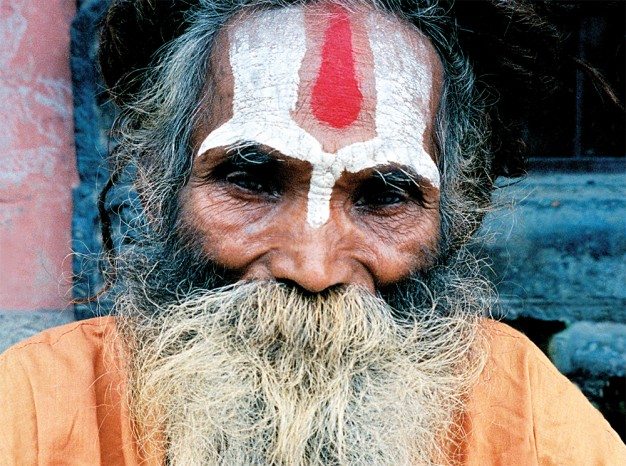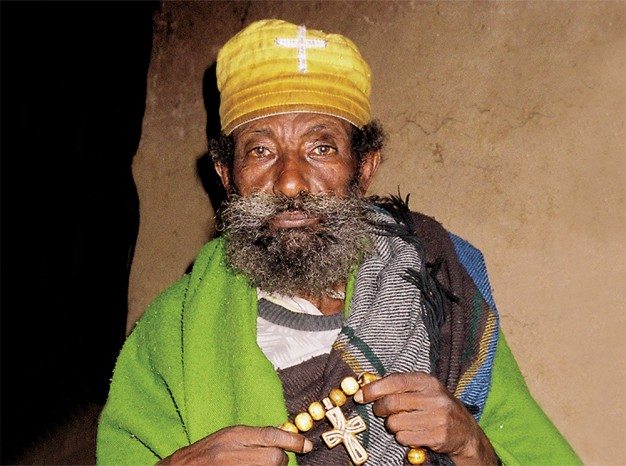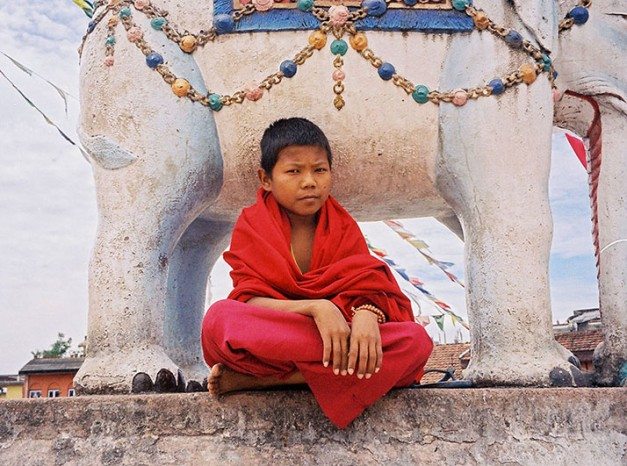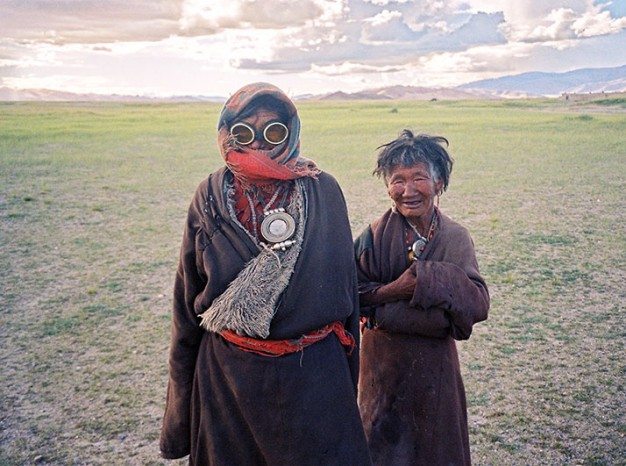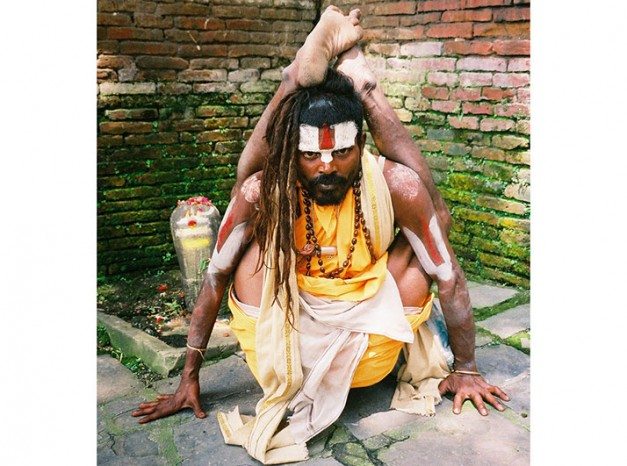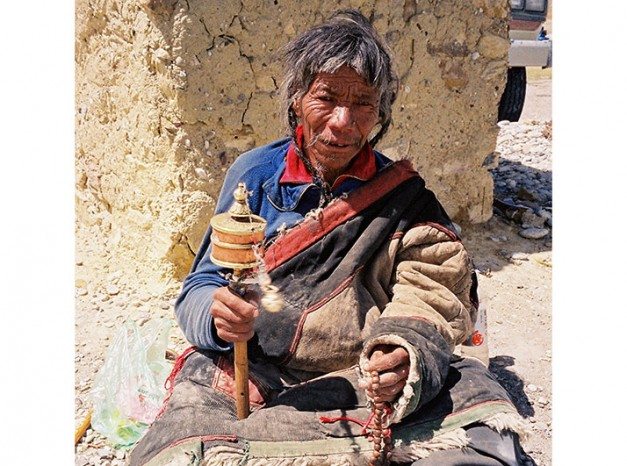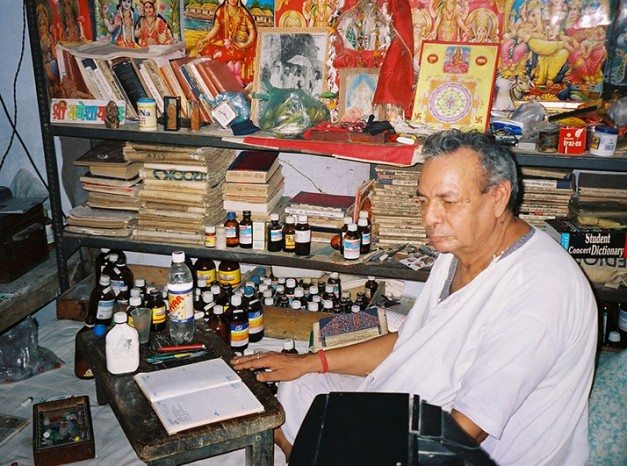ENCOUNTER WITH THE SPIRIT OF THE SACRED PLANT
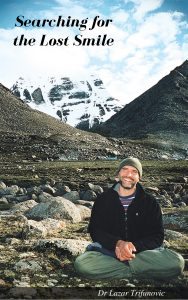
When we arrived back to Cusco I got into bed thinking the whole thing had been a scam of some kind. I fell asleep quickly, but woke up soon after, feeling cold. Still half-asleep, I turned the heating on and drew the two spare blankets from the cupboard over me. I was still shivering, but I managed to go back to sleep.
I woke up again in the middle of the night. I was wide awake, but it felt as if I was still dreaming. I opened my eyes and froze with fear. The room was filled with dozens of ropes hanging from the ceiling. I could not see anything else, the furniture, my things, just the ropes swaying in the room. Where am I? What is this? Is this a dream? I was sure I was not dreaming, but I could not decipher what it was I was looking at. I could not understand where these ropes had come from. Somewhere in the recesses of my mind I still knew I was in a hotel room, but that was the total of my connection with reality. After a while I noticed that each rope had an inscription on it. I started reading the words aloud: “…table, chair, rucksack, wardrobe, bed, television, door, sleeping bag, window…” I was frightened out of my wits. There was no rational explanation for what was happening and I could not understand where I was.
I tried to focus on the ropes and at one point thought I was getting back to seeing things normally. I managed to discern a corner of the room looking as it usually did, but this required such a tremendous effort that I soon gave up. It felt as if focusing on seeing things in a normal way required the effort equivalent to lifting a ton. I simply could not do it. After a while staring at the ropes in bewilderment, I realised I was once again seeing the room as it really was – there was the chair, the bed, my rucksack, everything was again as it usually appears. The ordinary perception had re-established itself. I do not know how long this change in perception lasted, but I know I was really scared while it was happening.
I was baffled … what had just happened? I realised that my perception had been completely altered for a time, so that I saw things around me represented by ropes with their names inscribed on them. I was relieved to be back to normal, but then I noticed that I was covered with thirty to forty blankets. This was very surprising because I clearly remembered that there were only three blankets in the room and that I had used all three when I was feeling cold. Where did all these extra blankets come from? In fact, they hardly looked like blankets at all, but I could discern the many layers of the covering spread over me.
A thought occurred to me that I could be sick, and I had a vague feeling that I was ill because there was something wrong with the blankets, as if three or four of them were not mine. I did not quite understand why, but I was sure that if I could pull those out of the pile, everything would be all right. I stared at the covers for a long time, but I could not identify those which did not belong to me and which I was to pull out in order to become well again.
After some time, the blankets disappeared, normal perception returned in full, and the only thing that remained was a notion that I was sick and that I needed to find a way to get better. That is when I realised I had a fever. My temperature was very high, I started vomiting and having diarrhoea. I lost track of time, but it felt like I had to go to the bathroom every ten minutes. It was only paces away, but it felt like a hundred miles. I could not walk, I crawled to the bathroom and back.
What could I do to get better? My head was throbbing, I felt incredibly weak. Then I remembered the box. Of course! I always carried it with me when travelling. The box contained an apothecary of homeopathic remedies for all sorts of ailments. I called it my ‘box for the prevention of death’. I found it and took one tiny flask out of it, then another, and another…I stared at them in confusion. I did not know which medicine was for which ailment! I read the tiny writing on the bottles carefully, I read aloud the names of remedies and their composition, but I could not work out what was what, as if I was seeing them for the first time. It was as if one suddenly forgot what an aspirin is for, whether one should take it for a headache or for gastritis. It was incredible, but it was happening.
I felt terribly unsettled by all this, jittery and agitated, so I was extremely relieved when the situation abated a bit and I felt I could at least lie in bed peacefully. I tried to gather my thoughts. What was I to do? How could I help myself? With the questions pounding in my head, I suddenly felt the taste of chicken soup in my mouth. It was so real that I had a feeling I had just taken a spoonful of chicken broth and was shifting it about in my mouth.
That was it! How had I not thought of it before? All I had to do was have a bowl of nice, hot chicken soup and everything would be fine! I was going to go out and find chicken soup. I looked out of the window and saw it was light outside, but the streets were deserted and I concluded it was still too early to find an open restaurant. I gave no consideration to the fact that I had been crawling to the bathroom and back all night and that I probably would not have had the strength to go outside to a restaurant anyway. That had not reached my consciousness. I was preoccupied with how to find chicken soup at this hour. Maybe I could ask for it to be brought to me? My head was swirling with thoughts, all of them focused on one thing – how to find the cure I needed, the chicken soup. And then, I thought of a solution.
I remembered that mothers usually prepare chicken broth for their sick children, and that for each person, their mother’s broth is the best in the world. Then it occurred to me that I should go to my mother and ask her to make the soup for me. That struck me as a great plan. I became convinced my mother’s soup was the only thing that would help me recover.
But wait, Mother is thousands of miles away. How could that be, is she not supposed to be that someone who always stays close? Why is my mother so far away? Why doesn’t she think of making the soup herself, can’t she see I am ill? No matter, I shall go to her and ask her to make it, if she couldn’t have thought of it herself.
I planned this course of action meticulously and ended up with a perfectly detailed plan. It went something like this: I was meant to meet up with my guide that day, so I would ask him to take me to the source of the Amazon, which I knew was somewhere in the jungles of northern Peru. I reasoned that being a Peruvian, he was sure to know where the source of the Amazon was located. Then I planned to make a boat and travel down the Amazon, all the way to the estuary, where it pours into the Atlantic Ocean. I realised I would not be able to make a boat strong enough to cross the ocean, but I thought I could surely find a boat sailing from Brazil to Montenegro, and then it would be a trifle getting to Novi Sad from there. I would ask Mother to make me some chicken soup and then get back to Peru in no time to continue my search. It was all perfectly simple. I could not understand why I had not thought of it before.
I was still perfecting my plan when there was a knock on the door. It swung open and there stood my guide, crowding the doorway. He gave me a strange look and said that he came to see what had happened to me, because we had agreed to visit several other places and the time we had arranged to meet was past.
“Are you ok?” he asked me.
“Yes, never better,” I replied. “Listen, there has been a change of plan. You have to take me to the source of the Amazon.”
He gazed at me in astonishment as I was telling him of my plans. I think my story left him speechless because it took him a while to finally stop me and tell me that my plan was impossible. But I was determined, trying to convince him we should depart that very day.
“Man, you don’t understand. Nothing is impossible and anyway, we have to do this. It may seem dangerous, but don’t worry, you don’t have to come with me all the way to Novi Sad, all you need to do is take me to the source of the Amazon…”
At one point I even started packing my rucksack. This went on for a couple of hours, until I gradually started to accept that my plan wasn’t as perfect as I had originally thought. There were chinks in it, things that did not add up. Still, it took me a while to realise just how crazy it actually was. In the end, I gave up on the whole thing. And just as everything was going so well… I thought despondently. I am telling you, before logic interfered, I had had a perfect plan.
I was in so much pain and so feverish for the next three days that, apart from numerous visits to the loo, I could not leave my bed at all. By the fourth day I was feeling a little better, but it took another two before I could venture out of my room. Even then, I could not do much. I spent the following few days sitting on the main square in Cusco, oblivious to the world. Although the square was big and full of people, I did not see or hear anyone, I was lost in my thoughts. I could not stop thinking about the incredible experience I had gone through.

